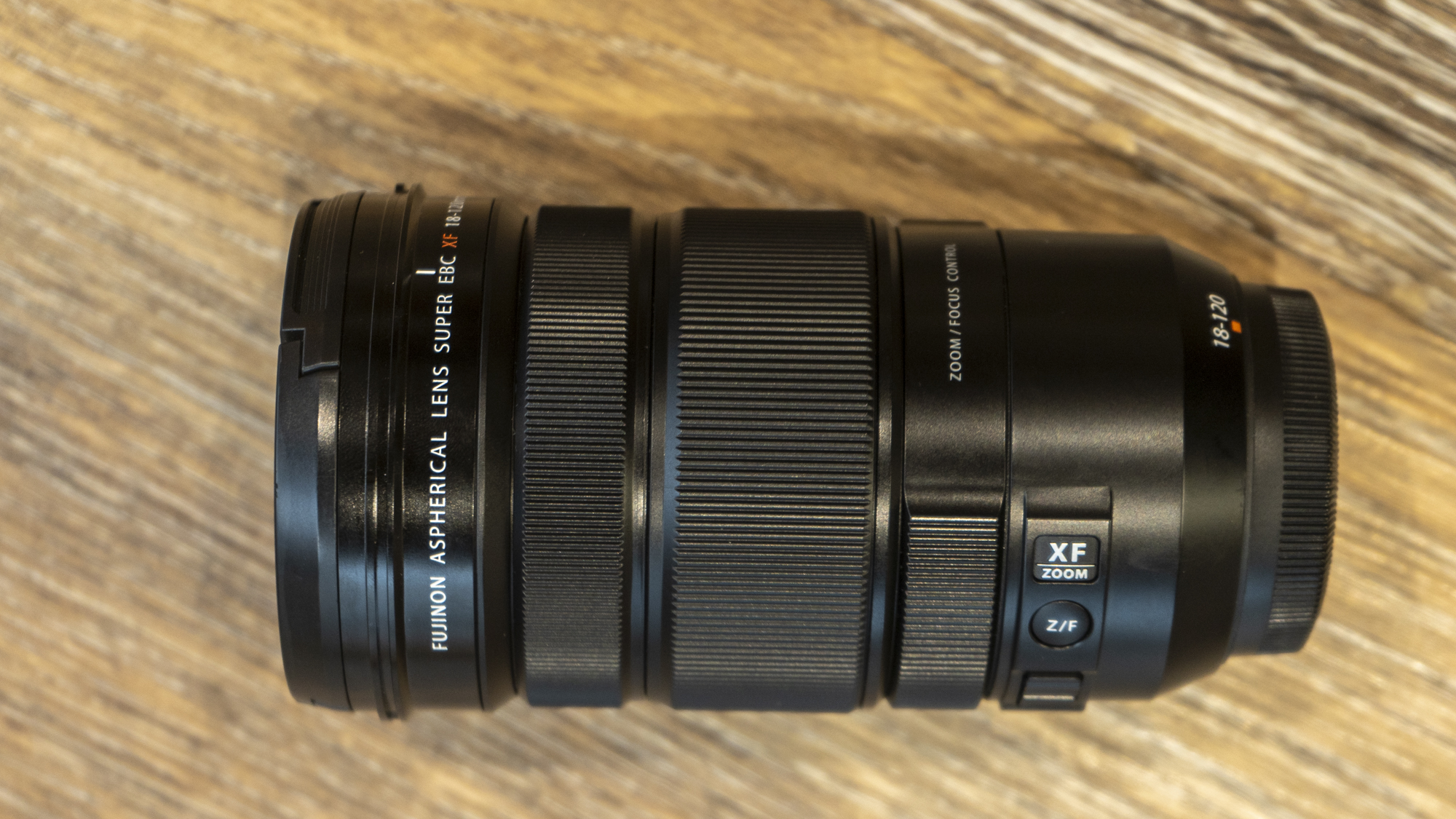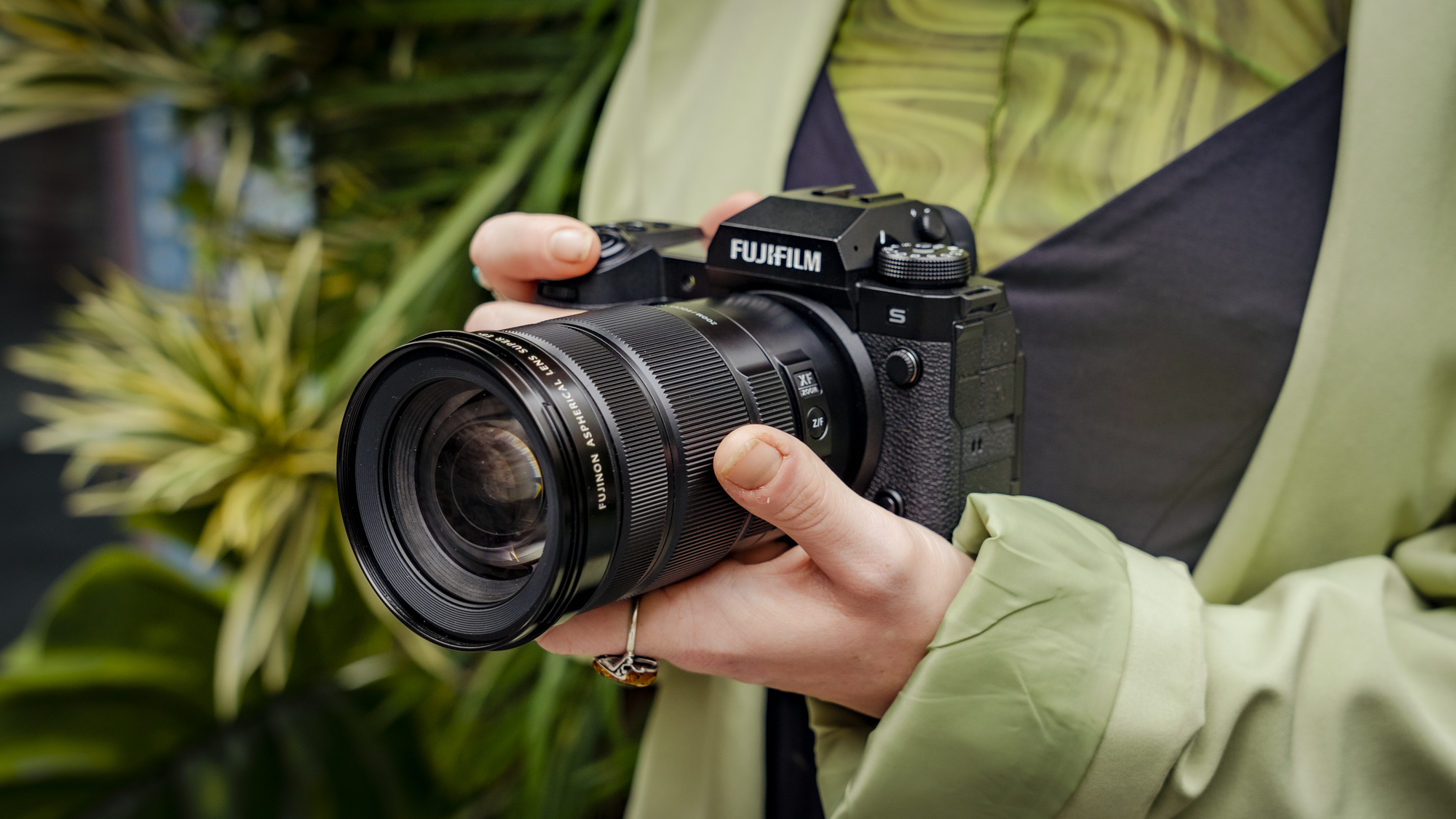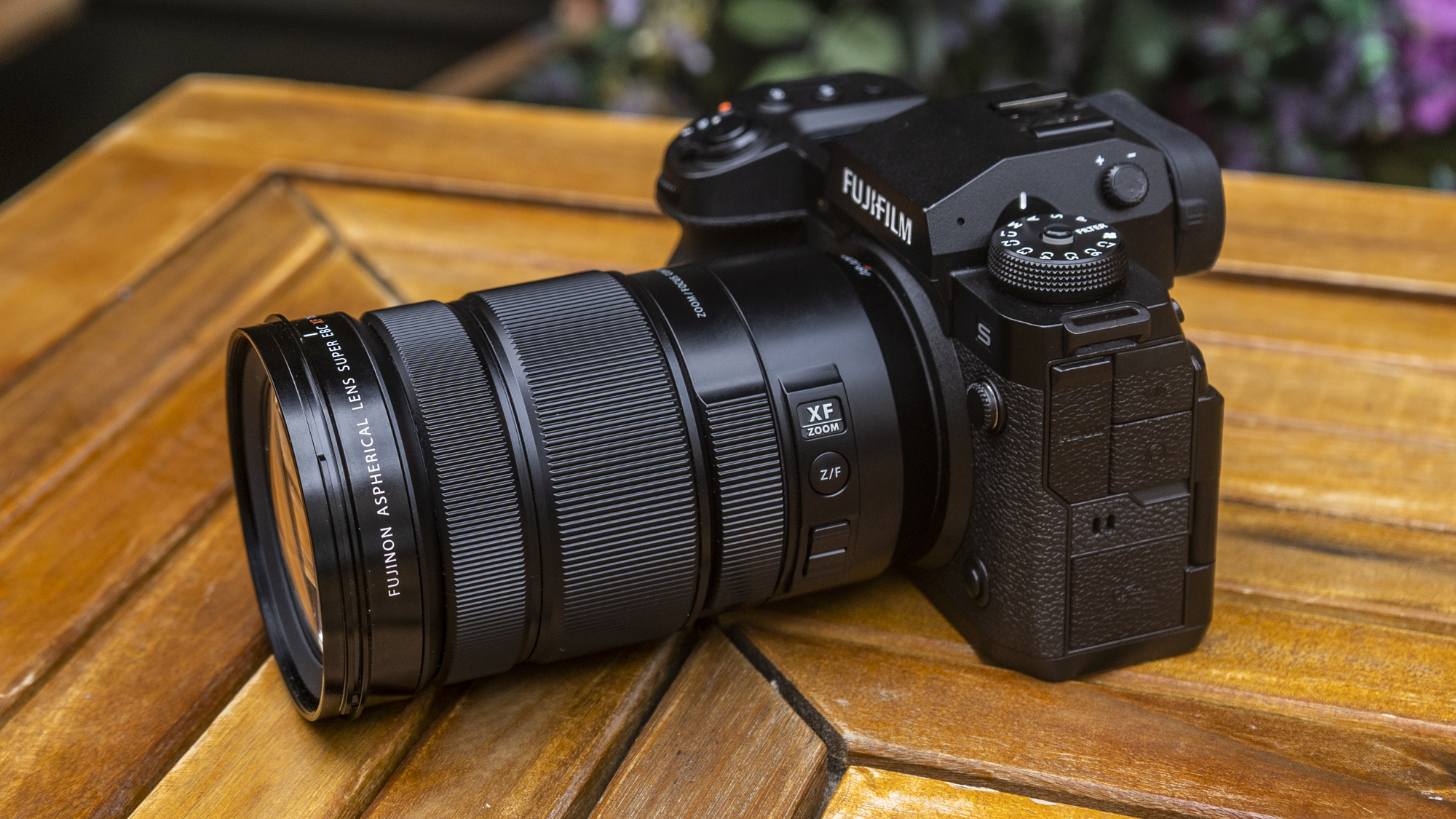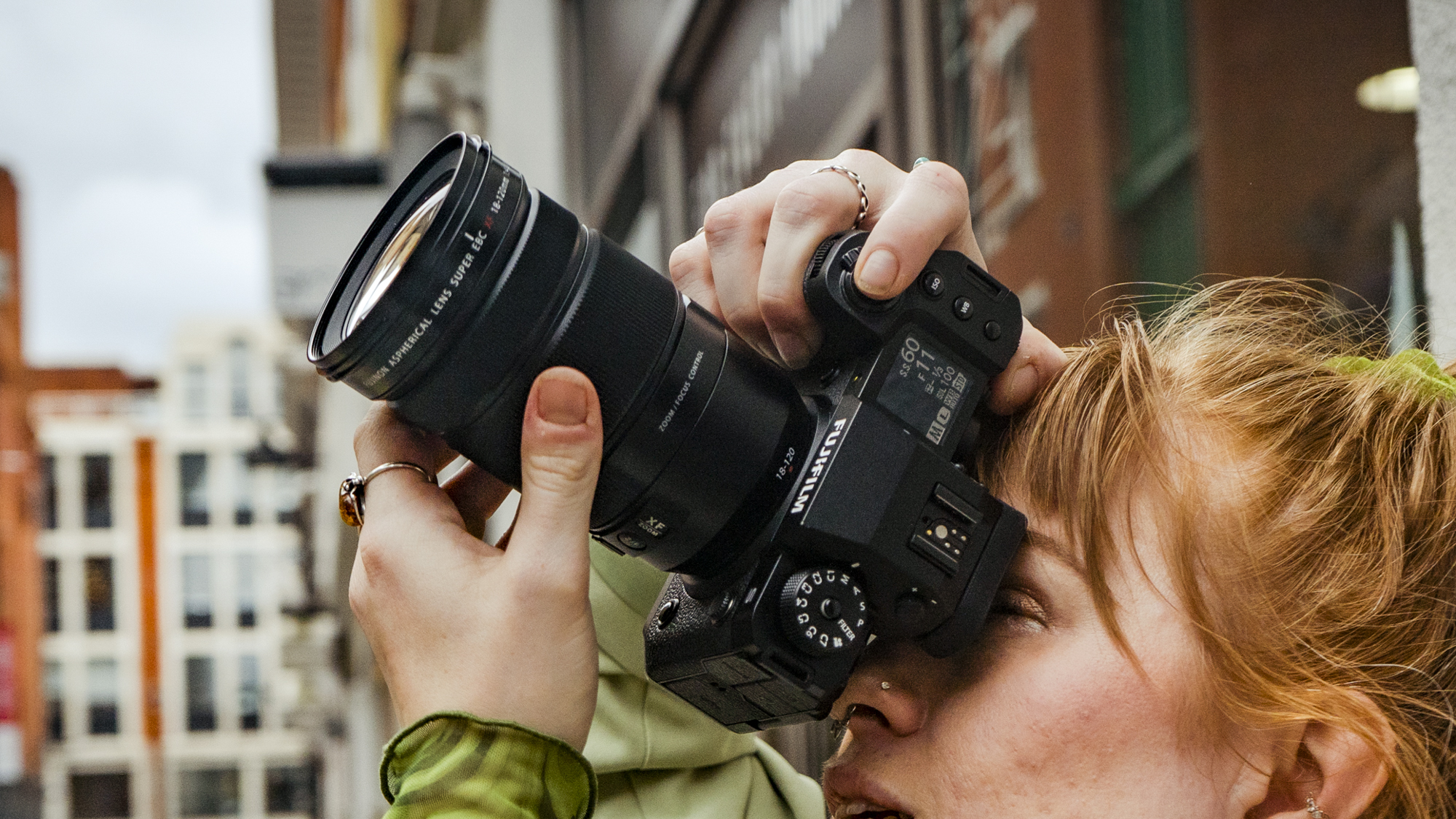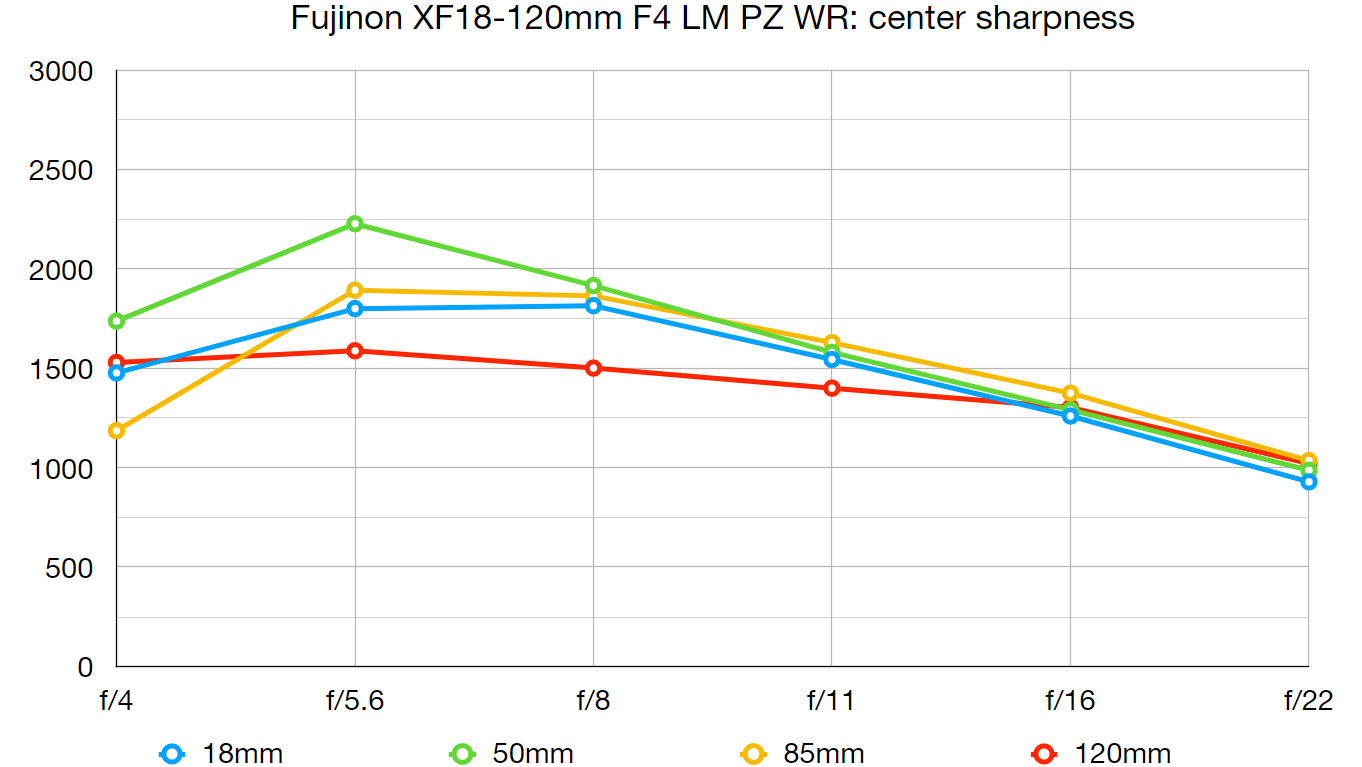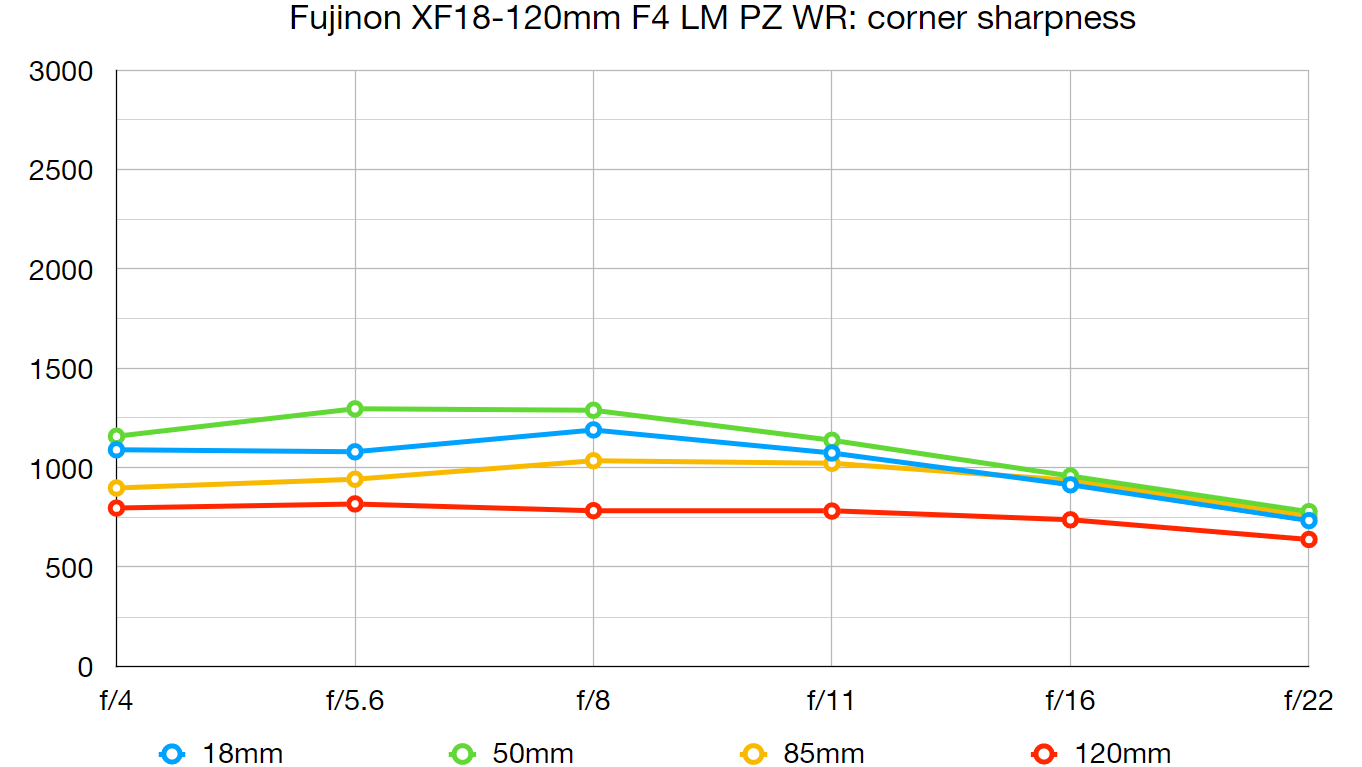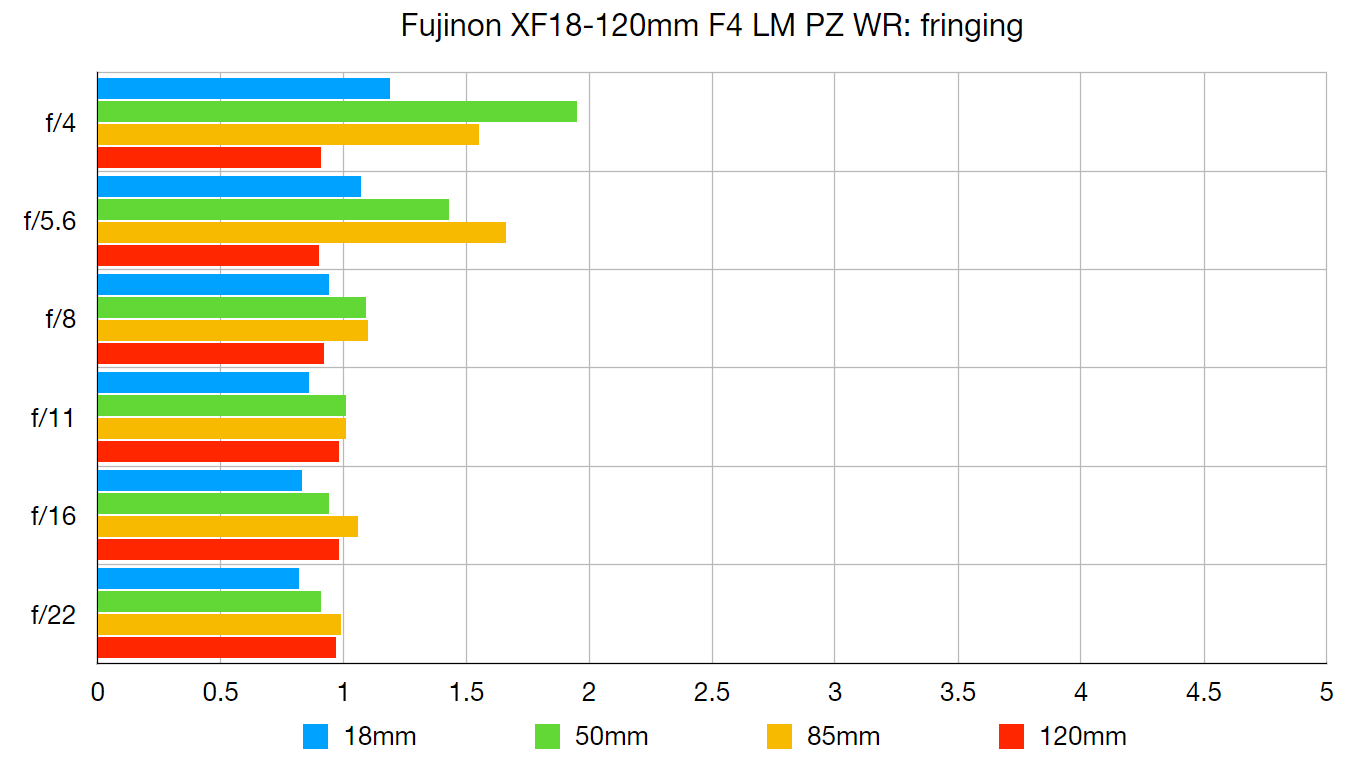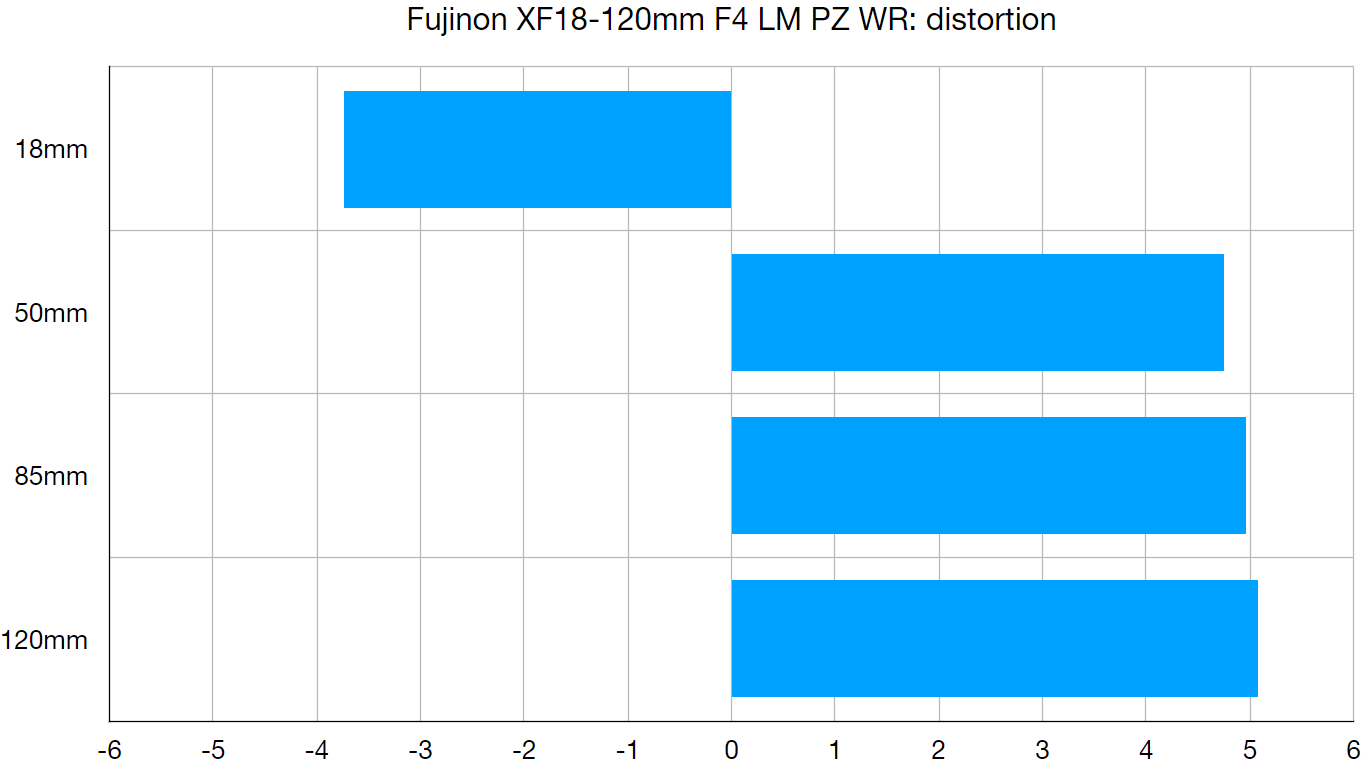Digital Camera World Verdict
The Fujinon XF18-120mm F4 LM PZ WR is a versatile lens across many genres of stills photography, but it's an even more tempting prospect for videographers thanks to the constant internal zoom mechanism and ability to record remotely. Zooming is smooth and steady throughout the range, and the lens' compact sizing makes it a true go-anywhere companion. It's not the sharpest Fujinon optic, but that's a necessary compromise you'll need to make to get such excellent versatility.
Pros
- +
Smooth video zoom action
- +
Reasonable price
- +
Compact design
Cons
- -
Fixed maximum aperture
- -
Sharpness isn't great
- -
No built-in stabilization
Why you can trust Digital Camera World
Fujifilm extended it's X-mount roadmap last year with four new optics, however the Fujinon XF 18-120mm F4 LM PZ WR lens wasn't truly announced until the May 2022 X-Summit event.
This new portable zoom has been designed as a true hybrid companion, meaning that the manufacturer has given weight to both stills and video when coming up with its design. Covering the equivalent focal lengths of 27mm – 183mm in the 35mm film format, it's a versatile range that allows photographers to capture landscapes, portraits and detail shots all with one optic.
We got our chance to review the Fujifilm XF18-120mm F4 LM PZ WR at the launch of the Fujifilm X-H2S, and put its versatility to the test as we wandered the streets of London. The lens is compact and easy to use, but what's the image quality like? And given that it can be used for advanced video performance, how do the features stack up there? Let's take a closer look...
Fujinon XF18-120mm F4 LM PZ WR: Specifications
Focal length: 18-200mm
Max. aperture: f/4
Lens configuration: 15 lens elements in 12 groups (3 aspherical and 3 ED elements)
Minimum focus distance: 46cm
Max. magnification: 0.2x
Dimensions: 77.3 x 123.5mm
Weight: 460g
Filter size: 72mm
Fujinon XF18-120mmF4 LM PZ WR: Key features
The Fujinon XF18-120mmF4 LM PZ WR has a constant maximum aperture of f/4 throughout the zoom range, but it's also got close-up capabilities thanks to the magnification ratio of x0.2. You obviously wouldn't be using this as a macro lens, but it's nice to know that it can capture detail shots when needed. The minimum working distance of 46cm from the front-most lens element is maintained at all focal lengths.
When it comes to zooming during video, the lens can actually suppress the change in angle of view during focusing and optical axis shift so as to keep the shot looking natural without distortion. As well as having regular focus and zoom rings, the Fujinon XF18-120mmF4 LM PZ WR goes further, with a variable zoom/focus control ring and a zoom button for constant zooming that's smooth to the eye.
Other standout features to aid video production include an updated aperture drive control which stops the exposure noticeably shifting when the aperture is adjusted – that means no bold changes in brightness when filming in changing conditions (say on a cloudy day when the sun goes in and out).
The best camera deals, reviews, product advice, and unmissable photography news, direct to your inbox!
Fujinon XF18-120mmF4 LM PZ WR: Build and handling
The Fujinon XF18-120mmF4 LM PZ WR is made up of 15 lens elements in 12 groups, and the design is as simple as it needs to be. Because it zooms internally rather than extending, the lens barrel has an uncluttered yet rather suave exterior, keeping everything important tucked away inside.
On the barrel there are essentially three key areas of control. The zoom and focus control ring feels superbly smooth to rotate – if we were being picky it could be described as a little too slow – which is probably because the ring has been designed to produce a subtle zooming action while recording video footage. That said, the zoom speed is proportional to the speed that you rotate the ring, which gives the user a great level of control and confidence.
On the barrel there's also a Z/F selector, which as the name suggests changes the role of the ring between zoom and focus. This is a nice touch to have, and allows you to customize lens operation to suit you and the task at hand. The last control is a zoom button, which is used to power the zoom at a steady speed – again, perfect for video footage. A second press of this zoom button ends the zoom motion.
We're not sure whether this lens would stand up to heavy rain, but then it's not aimed at extreme users either. It is dust and weather resistant – sealed at 13 locations – and can be operated at 10 degrees Celsius below zero.
Weighing just 460g, you barely notice the lens on a body like the Fujifilm X-H2S. Overall it feels well-balanced, tactile and the finish is high-end, with a 72mm filter thread on the the nose of the lens.
Fujinon XF18-120mmF4 LM PZ WR: Performance
Despite not having the best weather conditions for testing the Fujinon XF18-120mmF4 LM PZ WR, we were able to get some pleasing stills showing great detail color rendition – which isn't surprising given Fujifilm's rich history of color science. Even when shooting on very busy London streets, the rapid AF was able to keep up with our intended targets – even when others walked in front of them or they sped across the road.
At f/4 this lens is never going to be a master of low light photography or produce stunning bokeh, but then it's not designed to be. If you're looking for a light X-mount standard zoom then the similarly-priced Fujinon XF16-55mm f2.8 R LM WR is probably your best bet.
But if you want to carry one lens around and know that it's equally adept at filming a wide range of situations and shooting both landscapes, portraits and lifestyle shots, this could well be a winner. The zoom ring really is smooth and silent, so it does the job for video transitions very effectively.
Fujinon XF18-120mmF4 LM PZ WR: Lab results
We run a range of lab tests under controlled conditions, using the Imatest Master testing suite. Photos of test charts are taken across the range of apertures and zooms (where available), then analyzed for sharpness, distortion and chromatic aberrations.
We use Imatest SFR (spatial frequency response) charts and analysis software to plot lens resolution at the center of the image frame, corners and mid-point distances, across the range of aperture settings and, with zoom lenses, at four different focal lengths. The tests also measure distortion and color fringing (chromatic aberration).
Sharpness:
Center-sharpness is generally very good, although it's more average when shooting wide open at f/4, as is the case throughout the focal range when shooting at 120mm. Corner sharpness is average at shorter focal lengths, and images become progressively softer in the corners the more you zoom in. By 120mm corner sharpness is below average.
Fringing:
Color fringing is just about noticeable at larger apertures when shooting at medium focal lengths. Otherwise it's controlled well enough to go unnoticed in all but the closest scrutiny.
Distortion:
Usually in-camera corrections automatically rectify any optical distortion which may otherwise be evident from Fujinon lenses. But in this case our X-H2S likely had firmware that pre-dated the release of the 18-120mm, so we have a rare insight into how a Fujinon lens performs without the aid of distortion correction. We'd expect significant distortion from a lens with such a big focal range, and the 18-120mm doesn't disappoint. Barrel distortion is very pronounced at 18mm, transitioning quickly into a large degree of pincushion distortion at 50mm and beyond. These are by no means the worst distortion scores we've seen from an uncorrected lens though, and they're sure to be ironed out almost completely with the aid of future firmware updates for Fujifilm cameras.
Fujinon XF18-120mmF4 LM PZ WR: Verdict
There's no doubt about the market positioning of the Fujinon XF18-120mmF4 LM PZ WR lens. It's ideal for content creators who want a portable lens with a smooth zoom for video footage, while also having a lens that can shoot decent everyday stills.
The lens can also be used remotely to film video – if you're using the Fujifilm X-H2S and an optional FT-XH accessory – which is something that could make it an even more tempting proposition for pro videographers.
Image quality is decent enough, however a lens with a 6.7x zoom range is never going to provide truly scintillating sharpness. Don't expect corner sharpness to be anything special, and the lens isn't the sharpest in the centre when shooting at 120mm. But these are compromises which must be made to get such focal length versatility. A slight reduction in sharpness is also going to be much less noticeable when shooting a 4K video than when scrutinizing a 24MP+ raw image file.
Buy this lens if you'll be shooting video first and stills second, as it truly excels in this scenario.
Read more
Fujifilm X-H2S review
The best Fujifilm camera
The best Fujifilm lenses

Lauren is a writer, reviewer, and photographer with ten years of experience in the camera industry. She's the former Managing Editor of Digital Camera World, and previously served as Editor of Digital Photographer magazine, Technique editor for PhotoPlus: The Canon Magazine, and Deputy Editor of our sister publication, Digital Camera Magazine. An experienced journalist and freelance photographer, Lauren also has bylines at Tech Radar, Space.com, Canon Europe, PCGamesN, T3, Stuff, and British Airways' in-flight magazine. When she's not testing gear for DCW, she's probably in the kitchen testing yet another new curry recipe or walking in the Cotswolds with her Flat-coated Retriever.
- Hannah RookeFreelance contributor

